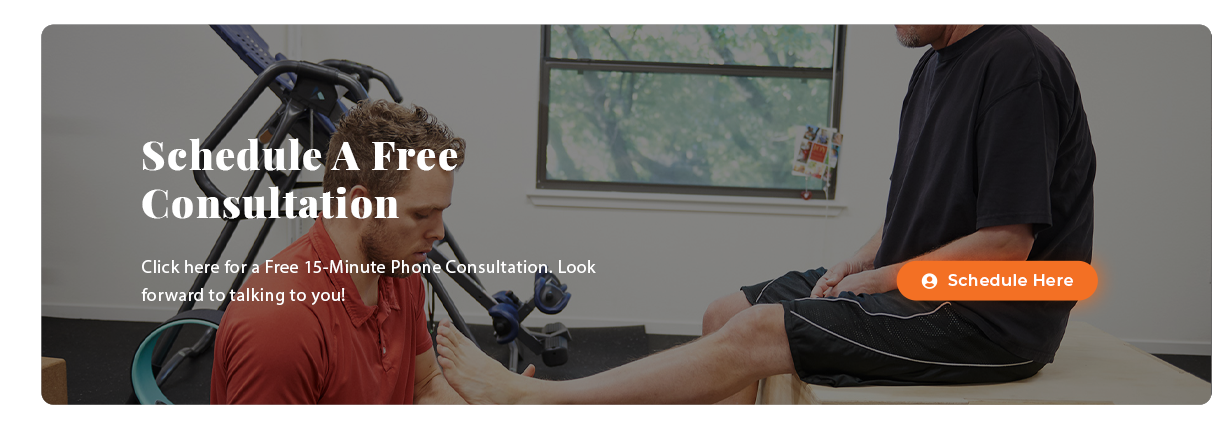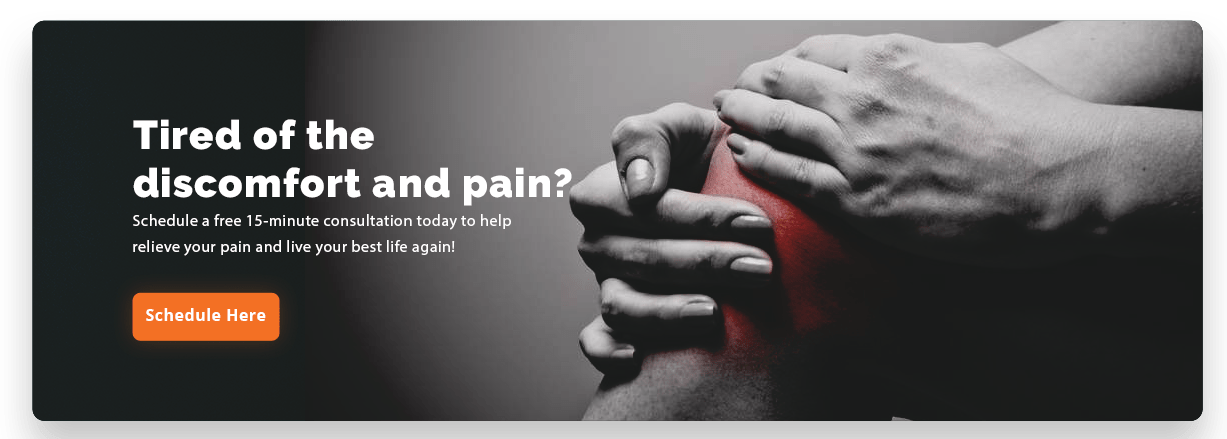“That pain in my knee means rain is coming. And that pain in my neck means relatives are coming.”
– Maxine in Crabby Road
Shoulder stiffness can be a common and frustrating ailment that hampers your daily activities and fitness routines. It can range from mild discomfort to severe pain, limiting your range of motion and impacting your overall quality of life.
It is essential to understand the potential causes of shoulder stiffness and, if possible, avoid activities that may incur injury or damage to your shoulder. Relieving the muscle stiffness can be done with certain exercises and we provide you with a range of exercises here to help alleviate it.
Common Causes of Shoulder Stiffness
Before delving into the exercises, however, it’s essential to understand what might be causing your shoulder stiffness. Several factors can contribute to this issue:
- Muscle Imbalances: Weakness or tightness in the muscles surrounding the shoulder joint can lead to stiffness. Imbalances can develop due to poor posture or overuse of certain muscles.
- Poor Posture: Slouching or hunching can place excessive stress on the shoulder muscles and joints over time, resulting in stiffness and discomfort.
- Injury or Trauma: Previous injuries, such as strains, sprains, or dislocations, can cause scar tissue to form, limiting the shoulder’s mobility.
- Frozen Shoulder (Adhesive Capsulitis): This condition involves the thickening and tightening of the shoulder capsule, leading to significant stiffness and pain.
- Lack of Mobility: Sedentary lifestyles or neglecting to stretch and exercise the shoulder joint can cause stiffness to develop gradually.
Now that we’ve identified potential causes, let’s explore effective exercises to help combat shoulder stiffness.
.
7 Exercises to Relieve Shoulder Stiffness
Shoulder Rolls
- Stand or sit up straight with your arms relaxed at your sides.
- Roll your shoulders forward in a circular motion for 10-15 seconds.
- Reverse the direction and roll them backward for another 10-15 seconds.
- This exercise helps loosen up the shoulder joint.
Wall Angels
- Stand with your back against a wall and your feet shoulder-width apart.
- Raise your arms to shoulder level, bend your elbows at 90 degrees, and press your forearms and hands against the wall.
- Slowly slide your arms upward, maintaining contact with the wall, and then lower them back down.
- Perform 2-3 sets of 10-15 repetitions to improve shoulder mobility.
Doorway Stretch:
- Stand in a doorway with your arms bent at 90 degrees, elbows at shoulder height.
- Place your forearms on the door frame and lean forward gently to feel a stretch in your chest and shoulders.
- Hold for 20-30 seconds and repeat 2-3 times.
Pendulum Exercise:
- Bend at the waist, allowing your arm to hang freely toward the floor.
- Swing your arm gently in small circles clockwise and then counterclockwise.
- This exercise helps to relax and mobilize the shoulder joint.
Yoga Cat-Cow Stretch:
- Begin on your hands and knees in a tabletop position.
- Inhale as you arch your back and lift your head (Cow Pose).
- Exhale as you round your back and tuck your chin (Cat Pose).
- This sequence releases tension in the upper back and shoulders.
Resistance Band External Rotation:
- Attach a resistance band at waist height.
- Hold the band in one hand and stand with your side facing the attachment point.
- Keep your elbow at a 90-degree angle and your upper arm against your side.
- Rotate your forearm outward against the resistance of the band.
- Perform 2-3 sets of 10-15 repetitions on each side to strengthen the rotator cuff muscles.
Child’s Pose:
- Start on your hands and knees, then sit back on your heels with your arms extended in front of you.
- Gently press your chest toward the floor and hold the stretch for 20-30 seconds.
- This yoga pose helps relax the shoulder muscles and improve flexibility.
Incorporating these exercises into your daily routine can not only reduce stiffness but will significantly improve shoulder mobility and help prevent a recurrence of stiffness.
Remember to perform them with proper form and gradually increase the intensity as your shoulder flexibility improves. This is because, according to many experts, muscle stiffness is thought to be one of the risk factors associated with sports injuries. If your shoulder stiffness persists or worsens, consult a healthcare professional for a thorough evaluation and personalized treatment plan.

Shoulder Pain Relief with Pain and Performance Solutions
One of the first steps for finding relief from your shoulder pain and stiffness – as well as becoming pain-free – is to make an appointment with Pain and Performance Solutions and let us get to know you and your pain issues.
Once you make your first appointment, we will sit with you to learn about your present discomfort as well as any history of shoulder and other types of pain. After providing you with a full examination, we can determine which form of treatment is needed to help you on your road to recovery.
Getting chronic pain relief with therapies such as Proprioceptive – Deep Tendon Reflex (P-DTR®) and Active Release Technique® (ART®) begins once we understand where your pain started.
Your trust in us and your openness is key. Getting your body healthy and working properly is the only way to achieve total recovery. So, don’t hesitate to reach out. We are here to help and will answer any and all questions that you may have.
You can reach us at (707) 636-4404 or by filling out our online contact form.

